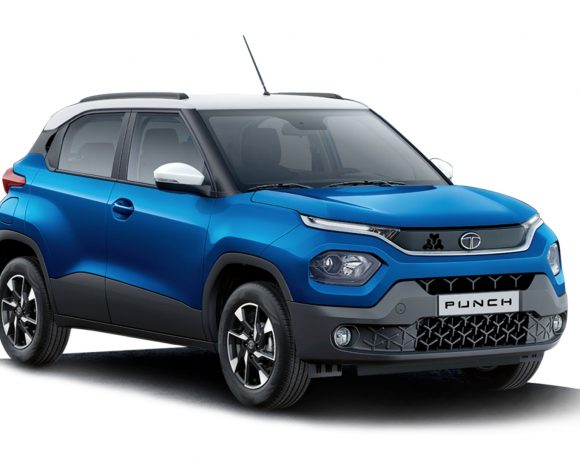Honda WR-V: an exceptional cross-hatch

Cross-hatch– a term coined to describe it when car manufacturers take an existing hatchback from their line-up and give it some SUV-inspired kit. Toyota has done it with the Etios Cross, Hyundai with the i20 Active, VW with the Cross Polo and Fiat with the Av-ventura or Urban Cross. Now, it is the turn of Honda to spruce up the Jazz a bit and comes up with the WR-V. They may be a bit late to the party, butthey arrived with gifts and champagne bottles in their hands.
I am not a fan of the crosshatches, but I have to say that the WR-V is the most thorough job of them all. While most others may get away with slapping plastic claddings, roof rails and new wheels on their existing cars, the WR-V gets completely redesigned from front to rear.The vehicle has bigger wheels, raised suspension and much more equipment. The front end looks radically different as that of a Jazz, with its raised bonnet line giving it a two-box look. The headlamps and grill are well integrated with the tall front bumper which houses the second grille and a contrasting scuff plate. The rear gets new L-shaped tail lamps that extend into the boot lid. The side profile is similar to the Jazz, except for the cladding around the wheel arches and running board. The WR-V looks better with larger 16-inch wheels and bigger tyres.
It is very similar to the Jazz except for some new brushed aluminium trim on the dashboard, new gear knob and the addition of a centre armrest. It also gets a segment first sunroof– a feature that many Indians aspire to have. The WR-V also gets cruise control, keyless entry and start or stop button in the diesel variant. Honda says these are not available in the petrol car because it uses a different ECU and wiring harness. The 7-inch touchscreen infotainment system is easy to use and below it is the touch controls for the HVAC- like in all modern Hondas. The seats are the same as in the Jazz but the raised ride height makes them easier to get in and out of. The upward folding rear ‘Magic seats’ of the Jazz surprisingly didn’t make it to the WR-V. Boot remains a huge 363 litres and is shaped well.
Powering the WR-V are the familiar 1.2 petrol and 1.5 diesel engines mated to a 5-speed and 6-speed manual transmissions respectively. The WR-V was conceived with the diesel engine in mind and the petrol model was only added later owing to the current shift of customers towards petrol engines. The 90bhp, 1.2 petrol engine loves to be revved, but you will need to wring its neck to get anywhere fast. It lacks low end and midrange performance isn’t great either. However, it is quite refined and fuel efficient. If you want even more fuel efficiency and can sacrifice some refinement, you can opt for the diesel WR-V. Yes, it is clattery, especially on a cold start, but it does offer good drivability. The power delivery is very linear and there is no surge like you get around 2000rpm in most diesels. That makes it easy to deal with in bumper to bumper traffic, while parking and on inclines. Surely, it suits the long distance road-trip nature of the WR-V better than the petrol engine.
Continue








